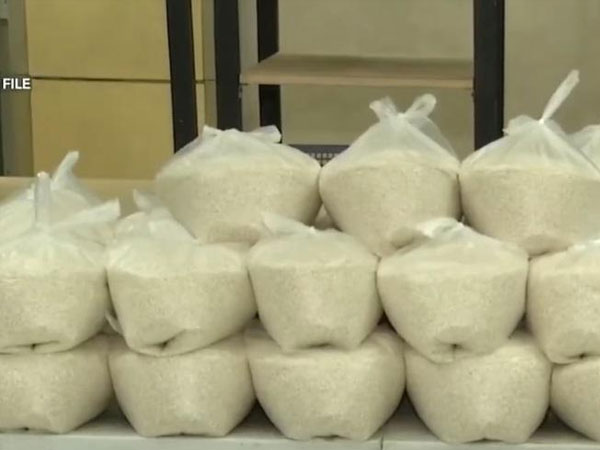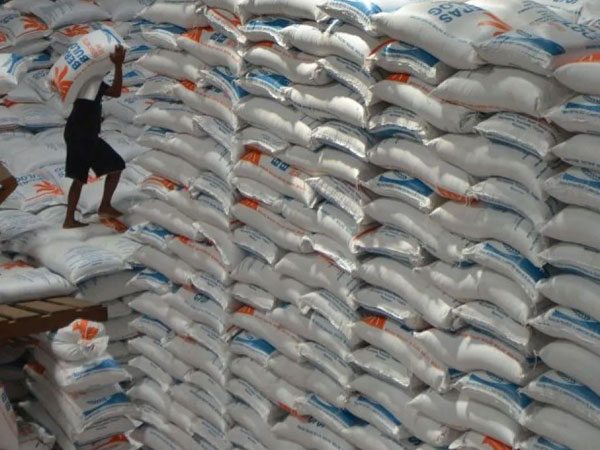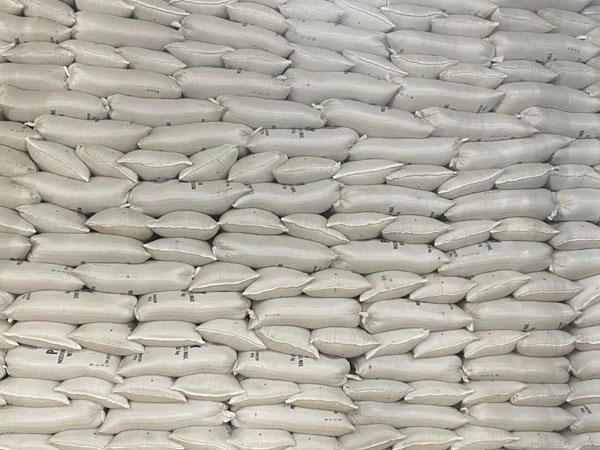 The retail prices of the Philippines’ main staple, rice, continued its contraction streak for the fourth consecutive month in April, according to a report by the Philippine Statistics Authority (PSA).
The retail prices of the Philippines’ main staple, rice, continued its contraction streak for the fourth consecutive month in April, according to a report by the Philippine Statistics Authority (PSA).
At a press briefing on Tuesday, National Statistician and PSA chief Claire Dennis Mapa reported a year-on-year deflation in rice of -10.9%, a faster contraction from -7.7% seen in March.
This also marked the 10th consecutive month of decline in rice index’s inflation “attributed to lower local farmgate prices and reduced landed cost of imported rice,” according to the Department of Economy, Planning, and Development (DEPDev).
The trend of easing inflation for rice seen since August 2024 was consistent with the PSA’s expectation that it will begin easing towards the second half of 2024 due to base effects, particularly when it began its uptrend in August 2023, as well as the impact of lower rice import tariff which took effect early July last year.
To illustrate the contraction in rice inflation seen last month, Mapa bared the year-on-year national average prices of regular, well-milled, and special rice varieties during the period.
In particular, the following are the average prices of rice at the national level in April 2025:
- Regular milled: P44.45 per kilo from P51.25 per kilo in April 2024
- Well-milled: P50.54 per kilo from P56.42 per kilo
- Special: P60.69 per kilo from P61.68 per kilo year-on-year
The PSA earlier said that rice will maintain a negative inflation following the declaration of a food security emergency on the grain and the further reductions of the MSRP (maximum suggested retail price) of imported rice.
The declaration of food security emergency has allowed the National Food Authority (NFA) to sell its buffer stocks to the public at P35 per kilo to tame the retail prices of the grain.
Beginning March 31, the Department of Agriculture slashed further the MSRP of imported rice to P45 per kilo from P49 per kilo.
The DA first introduced the MSRP on January 20, setting an initial price of P58 per kilo.
The imposition of an MSRP on imported rice is described by the DA as a “non-coercive” measure aimed at steering retail prices of imported rice to reflect the steady decline in world market prices and the decision of President Ferdinand Marcos Jr. to slash rice tariffs from 35% to 15%.
The DA has since gradually reduced the MSRP to ease the transition for the rice industry.
P20-a-kilo rice
The PSA chief said the agency is also anticipating a “substantial contribution” in the further decrease in rice prices as well as overall inflation rate due to the rollout of P20 per kilo of rice by the Marcos administration.
“Mas malaki ang impact ‘pag umabot sa P20 per kilo ang rice. Of course, binabantayan natin ito,” Mapa said.
(The impact would be bigger if rice prices reach P20 per kilo. Of course, we are monitoring this.)
He added that rice has the biggest weight in the food inflation basket, thus, “substantial ang magiging contribution niya sa overall inflation (its contribution to the overall inflation would be substantial.)”
The Department of Agriculture, however, decided to temporarily halt the sale of P20 per kilo rice for 10 days in deference to the assistance (ayuda ban) amid the election season.
Earlier, the Commission on Elections announced that the distribution of ayuda would be banned from May 2 to May 12, or 10 days leading to the midterm elections. —KG, GMA Integrated News














© Copyright 2025 The SSResource Media.
All rights reserved.